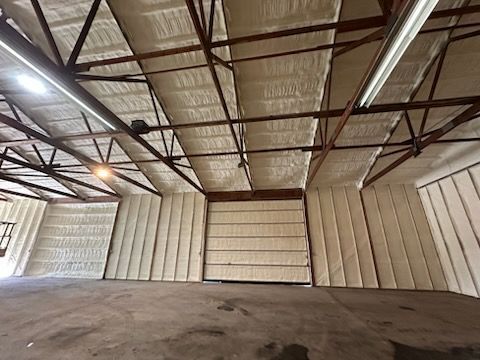Venting Metal Buildings: What Helps & What Doesn’t | Danner
Karen Danner • November 1, 2025
Ventilation That Helps—And Where It Falls Short
Create a gentle “chimney” path
- Passive vents: Pair ridge vents with soffit or gable vents to let warm, moist air drift out.
- Keep it clear: Dust, nests, or blocked baffles reduce flow more than you think.
Use powered assist when needed
- Humidity-sensing exhaust fan: Kicks on during moisture spikes (warm, wet days; animal watering; equipment cooling).
- Duct it right: Short, smooth runs to the exterior outperform long or kinked routes.
Reality check: why venting isn’t a silver bullet
- Outdoor humidity matters: If outside air is humid, venting can swap moist air for moist air.
- Venting moves moisture; it doesn’t warm metal: The metal surface can still drop below the dew point overnight.
Small, fast wins most barns/shops can do
- Seal cheap leaks (doors, penetrations).
- Squeegee floors after rain/snow instead of “letting it dry.”
- Run a small circulation fan during big temp swings.
- Use a hygrometer (aim < ~60% RH).
- Time door cycles to drier parts of the day when possible.
When to escalate beyond venting
- Persistent drip lines in known cold spots
- Rust/mildew returning after cleanup
- Planning to
heat the building: surface temps matter more



